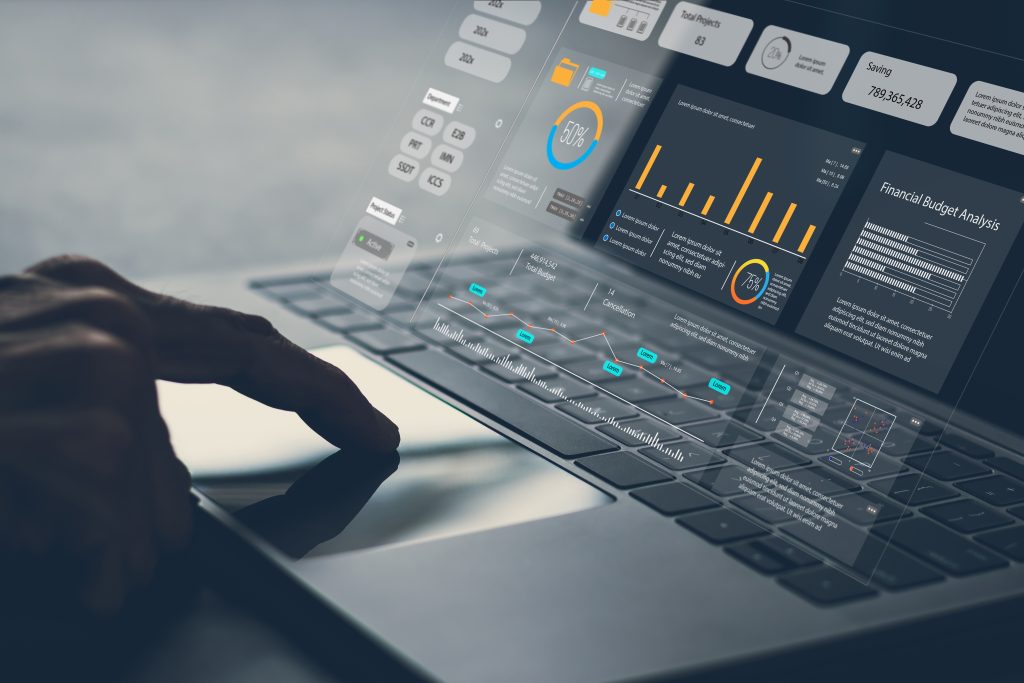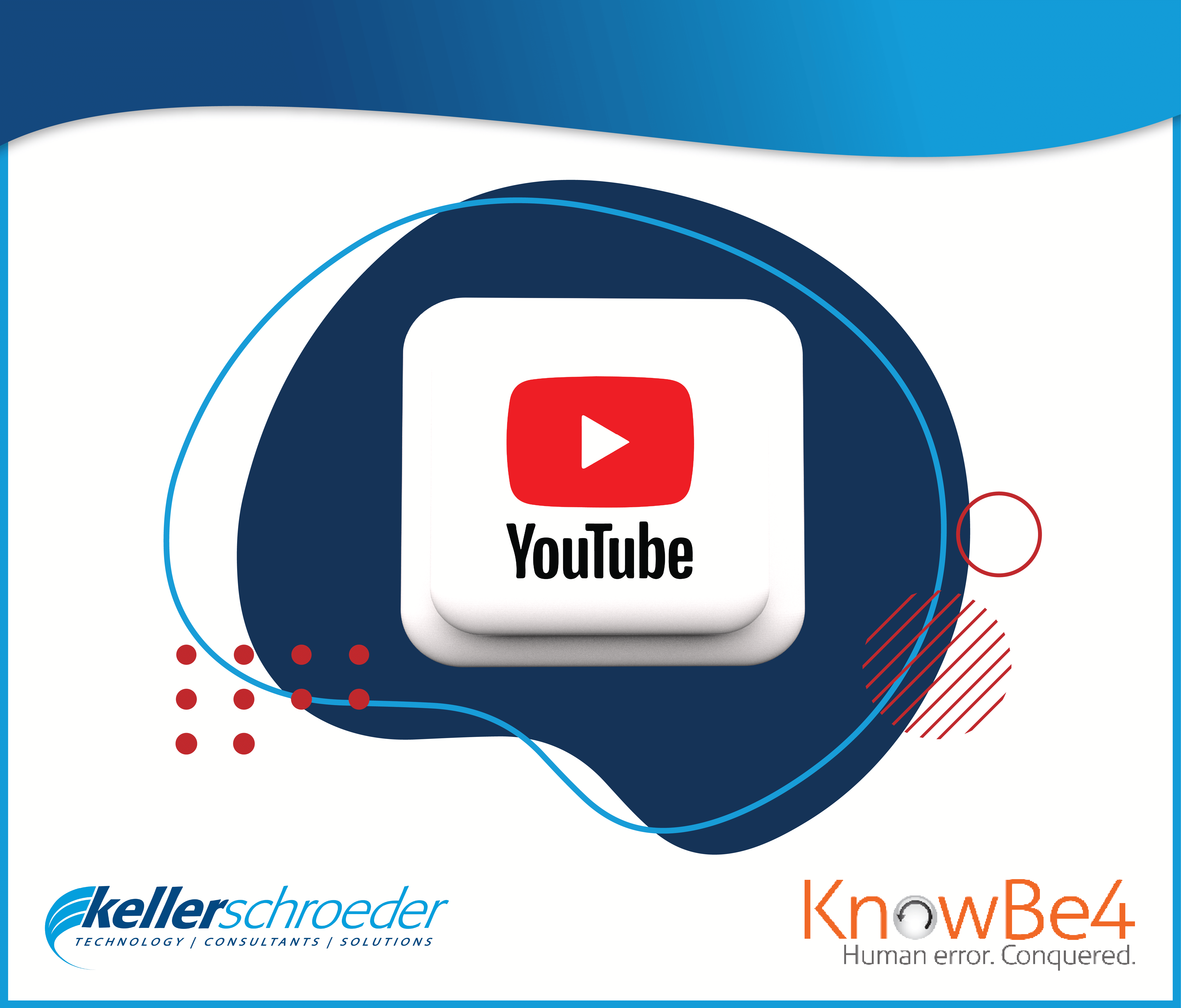Explore the essentials of project management, including leading teams, coordinating tasks, and leveraging methodologies like Waterfall and Agile for project success.
Project Management is the process of leading a team to achieve goals or complete deliverables within a given time frame. It involves the coordination of tasks, people, and resources to successfully complete a project, while considering factors such as the scope of a project, timeline, cost, quality, and risk.
There are several different methodologies that can be followed in project management but the ones that I have worked with the most are Waterfall and Agile. Waterfall is a traditional project management approach that uses a linear progression, where each phase must be completed before the next one can begin. Agile, on the other hand, is a project management approach that emphasizes collaboration and continuous improvement and involves breaking projects into smaller phases or sprints.

To understand the difference between these two methods, think of building a website with both Accounts Payable and Accounts Receivable functionality. Using a waterfall approach, you would not implement the web application until both functionalities were added. If you use an agile approach, you may implement the web application after adding only the Accounts Payable functionality and then, in another sprint, add the Accounts Receivable functionality. Agile project management is a more iterative and flexible approach compared to the sequential progression in traditional waterfall project management.
Depending on your project needs, you may prefer one methodology over the other. If you’re not sure which methodology is best for your project, this article can help: “Agile Vs. Waterfall: Which Project Management Methodology Is Best For You?”.
There is a lot to consider when managing a project. Below are some helpful tips for effective project management:
Project Planning –
- Create a Project Plan to help ensure that your project is completed on time, within budget and that all requirements are met.
- Develop a schedule/timeline by breaking the project down into manageable pieces or tasks.
- Use project management software and other time management tools to help with planning, scheduling, keeping track of time spent on tasks, and managing milestones.
Communication –
- Establish and maintain regular and transparent communication with your stakeholders and your project team throughout the project lifecycle.
- Consider what you want to communicate (while highlighting key information), know who your target audience is, and determine the method and frequency of your communications (email, weekly meetings, conference calls, etc.).
- Clearly define roles and responsibilities within the team to avoid confusion and minimize conflicts.
Resource Planning –
- Understand the skill sets, as well as the availability of your team members, when assigning them to tasks.
- Balance workloads by distributing tasks evenly to ensure that your team member’s workload is allocated in a way that optimizes productivity, minimizes overload, and promotes a healthy work-life balance.
- Forecast your project needs by making sure the people you need (e.g. Developers, Testers, etc.), as well as any Equipment (e.g. laptops, servers, etc.), are available at the time you need them during the project.
Risk Planning –
- Conduct a thorough risk assessment early in the project lifecycle.
- Identify potential risks and assess the probability and the impact of the risks.
- Develop appropriate risk responses.
PM Tools –
- Using PM software tools and time management tools can help with planning, scheduling, and managing milestones throughout your project.
- Kanban and Gantt charts can provide visual representations of task priorities and help with decision-making.
- Dashboards are a visual tool that can provide a status overview of your project, show timelines and milestones, and highlight areas that need attention. They can also be a quick reference point for project managers to keep track of tasks that may be falling behind.

There are many project management software tools you can use. Depending on the complexity of your project, you can use something as simple as a Microsoft Excel spreadsheet. For large projects, you may choose Microsoft Project, which is much more labor-intensive but gives a higher level of detail. Microsoft Teams is a great tool that can aid in collaborating easily with your team. ALM (Application Lifecycle Management), formerly known as HPQC (HP Quality Center), can be used for test management, requirements tracing, and defect tracking. Kanban boards in Jira can provide visual representations of your project’s workflow and allow you to prioritize and track tasks easily. Smartsheet has customizable templates that are great for project planning, tracking and execution.
In summary, every project, big or small, can benefit from having a project manager. A project manager can help in all aspects of planning your project, understanding the skill sets of your resources, communicating with all levels of management, and helping you choose the best project management software tools for your projects.
If you have a project and could use a project manager to help with any aspect of your project, please contact Keller Schroeder. We have a team of experienced project managers available to help you manage your projects on a full or part-time basis, including several who are certified through the Project Management Institute (PMI). These certifications ensure you are getting well-qualified, experienced individuals to manage your projects. Click here for more information on our Project Management group.
1 Article: Agile Vs. Waterfall: Which Project Management Methodology Is Best For You?
Written By:

Kim Wallace
Consultant, Project Manager
Applications Solutions Group




